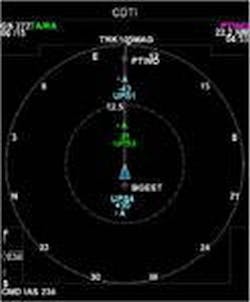General Dynamics development of satellite-guided 120 mm smart mortar shell moves ahead with Arizona tests
The Army also is developing a GPS-guided 155 mm artillery round called the M982 Excalibur, which offers heavy artillery precision guidance at long and short ranges. Building the Excalibur smart artillery shell are experts at the Raytheon Co. Missile Systems segment in Tucson, Ariz.
The General Dynamics RCGM mortar, meanwhile, provides Army infantrymen with precision-strike capability using a Global Positioning System (GPS) receiver embedded in the mortar shell. Army mortar crews enter target coordinates into the smart mortar with a computer. The RCGM uses M934A1 mortar parts, GPS receiver, M734A1 fuze parts, and General Dynamics Roll-Controlled Fix Canard (RCFC) technology.
During tests at Yuma Proving Ground, Army and General Dynamics experts used live RCGM mortars and guided them to within about 30 feet of their intended targets from distances of about one-half to three miles. Each GPS-guided 120 mm RCGM mortar round costs less than $10,000, says Michael Wilson, president of General Dynamics Ordnance and Tactical Systems.
For more information contact General Dynamics Ordnance and Tactical Systems online at www.gd-ots.com, or the Army's Picatinny Arsenal at www.pica.army.mil.
